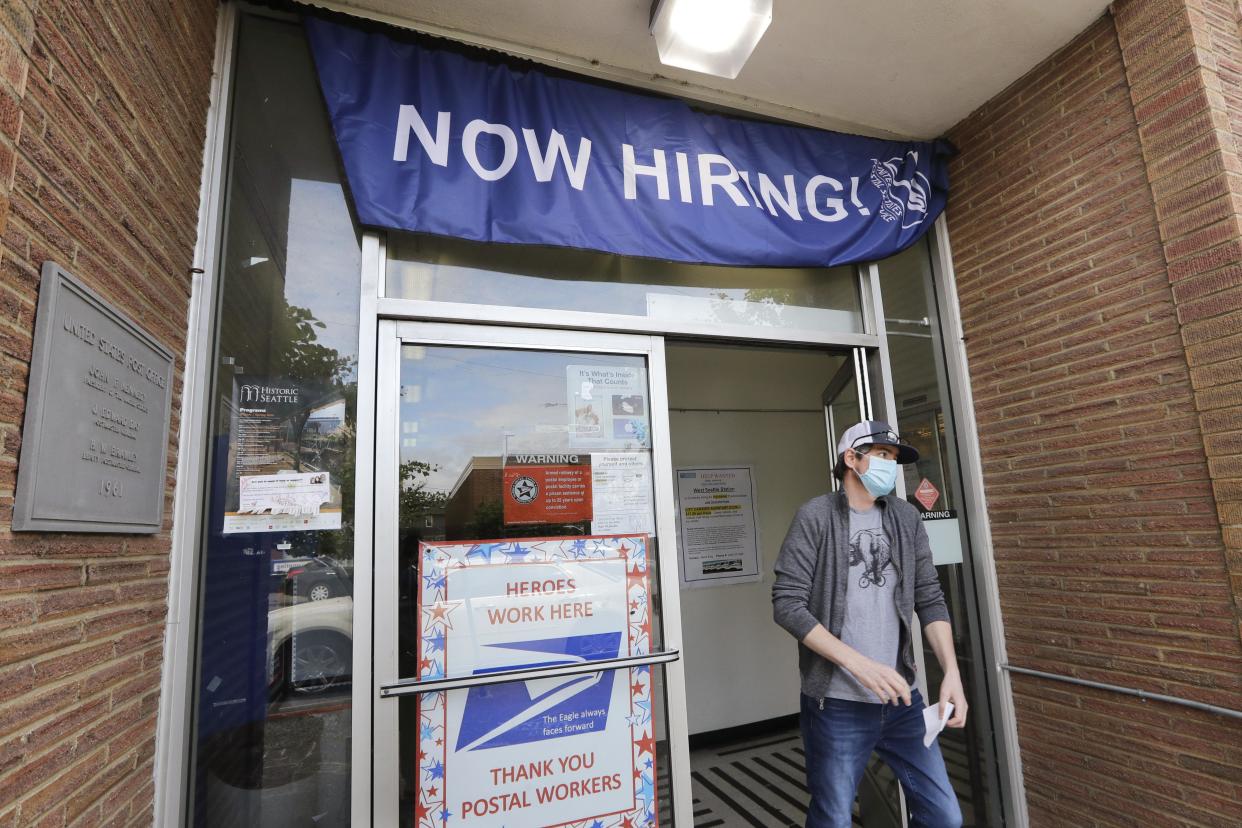Public policy expert: Individual voters will decide if we’re in a recession or not

This is a column by Charlie Harper, an Atlanta-based public policy expert and a longtime contributor to the Savannah Morning News.
The United States economy shrank .9% for the second quarter of this year, according to the Commerce Department. This follows a contraction of 1.6% in the first quarter. Economists generally consider two consecutive quarters of decline as the definition of recession.
Officially, the National Bureau of Economic Research declares whether or not the economy entered a recession. Often, for short and shallow recessions, they don’t get around to declaring one until it is over.
This recession, if we’re in one, is unusual. Employment, at least last quarter, remains near historic highs. There was quite a bit of effort in the lead-up to the release of the second quarter number to move the goal posts on the technical definition.
It appears some want to spend the time making the case to the American public that despite inflation not seen at these levels in four decades, layoffs increasing, a third year of supply chain entropy and economic contraction, we may not technically be in a recession. May the odds be ever in their favor.
More from Charlie Harper: A city ought not to sabotage its own affordable housing supply
Economic statistics only matter so much
The average citizen doesn’t care about statistics or technical definitions. Ronald Reagan understood this by using lines such as “Recession is when your neighbor loses his job. Depression is when you lose yours.”
Economic statistics are fine for academics and policymakers. They can be extrapolated in many ways to make talking points for campaigns.

The reality is: We shut down the entire world economy two and a half years ago - something that had never been done. Some parts of the world - China, specifically, have yet to fully reopen. In the interim, we’ve printed trillions of dollars and distributed it to individuals, businesses and government entities at all levels.
There were bound to be unintended consequences. Useful comparisons of short-term economic statistics are but one casualty.
Our Federal Reserve, serving two masters known as a “dual mandate” for full employment and stable prices, has only now moved interest rates into a non-expansionary neutral range. The inflationary effects of their 30 months of hyper-stimulus will still be working through the economy for another year or so.
Meanwhile, companies that hired any available person during the tightest labor market in American history have now started to take stock of which employees they need to keep, and are beginning to cut the dead weight. This cuts across many industries, but is hitting many of the formerly high-growth industries like tech, but also more traditional industries like retail.
We’re now seeing appreciable layoff notices at a time when Americans are facing higher prices than a year or two years ago at every turn. With a second quarter of economic decline, we’re going to see the word “stagflation” used a lot more often.
Political ramifications
The 1976 and 1980 Presidential elections were conducted during periods of ongoing inflation and economic growth challenges. The “Misery Index” - a number representing the unemployment rate plus the rate of inflation- became part of each campaign.
In 1976, the Misery Index averaged 13.45. By 1980, it had increased to 20.76. Last month it stood at 12.66, with most of the elevation due to spiking inflation. The fear for current elected officials is that unemployment will grow faster than inflation abates, increasing this number. Mid-term elections are roughly three months away.
More from Charlie Harper: Flush with tax dollar surplus, Georgia Legislature ponders income tax cut, new spending
There are not a lot elected officials can do to change the trajectory of these numbers in one quarter. Instead, expect a lot of blame-shifting. Russia remains a worthy scapegoat, so long as you ignore the trends that were in place well before Vladimir Putin ordered Russian tanks into Ukraine.
The reality is, that each voter will likely tune out the talking points and statistics. Ultimately, they ask themselves another question that was prominent in those same campaigns from the ’70s and ’80s: Am I better off than I was two or four years ago?

Each voter has their own ideas of how they define “better off.” Many will choose the economy. Some will grade on a pandemic/healthcare scale. Others will look at swings in social issues to answer these questions.
At the end of the day, many of our economic statistics are noise. They make good fodder for hot-take tweets and cable news.
Leaders and policymakers would serve themselves and their constituents better if they look beyond the stats, and ask themselves how to ensure they are putting the country on a more stable footing. Voters, ultimately, will ratify or reject their work.
This article originally appeared on Savannah Morning News: Voter perceptions matter more than official recession designations

